EDITORIAL
Published on 04 Jul 2022
Editorial: Capturing Biological Complexity and Heterogeneity Using Multidimensional MRI
doi 10.3389/fphy.2022.950928
- 744 views
3,695
Total downloads
30k
Total views and downloads
Select the journal/section where you want your idea to be submitted:
EDITORIAL
Published on 04 Jul 2022
ORIGINAL RESEARCH
Published on 09 Jun 2022
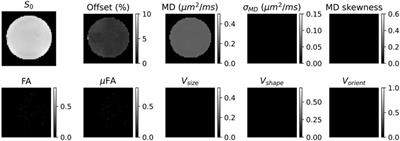
ORIGINAL RESEARCH
Published on 12 Apr 2022
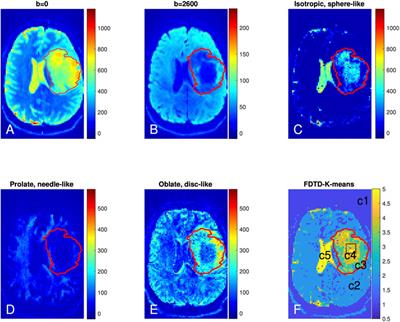
ORIGINAL RESEARCH
Published on 25 Mar 2022
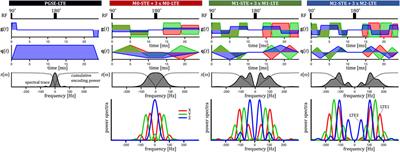
BRIEF RESEARCH REPORT
Published on 23 Mar 2022
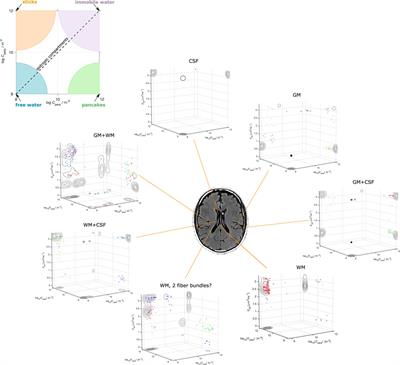
ORIGINAL RESEARCH
Published on 23 Mar 2022
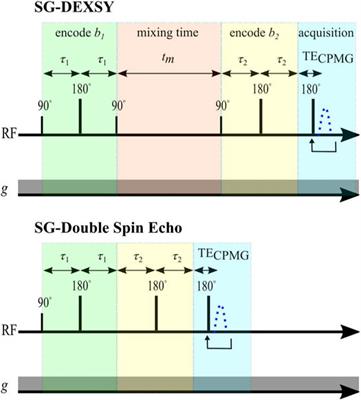
MINI REVIEW
Published on 11 Feb 2022
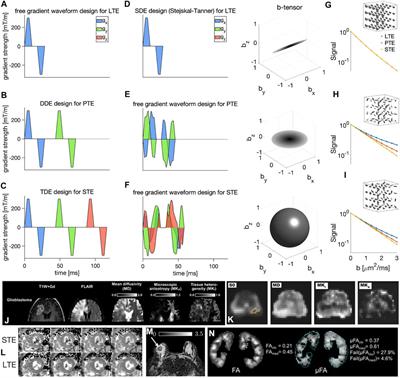
ORIGINAL RESEARCH
Published on 03 Jan 2022
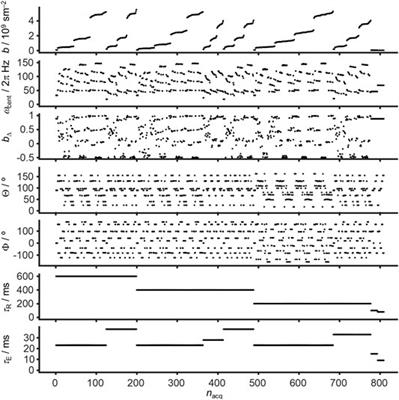
BRIEF RESEARCH REPORT
Published on 16 Sep 2021
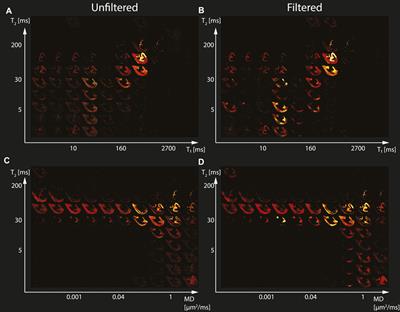
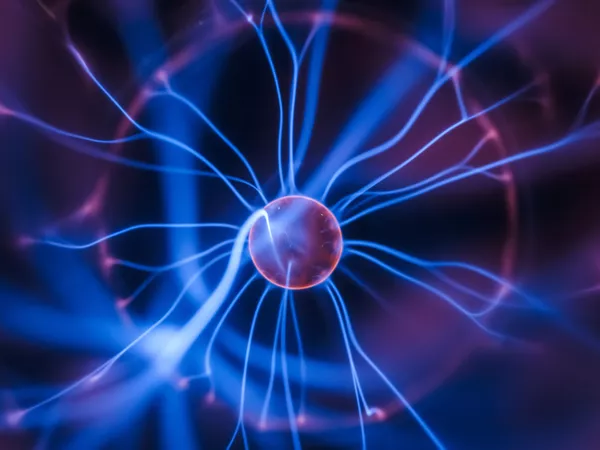
Frontiers in Physiology